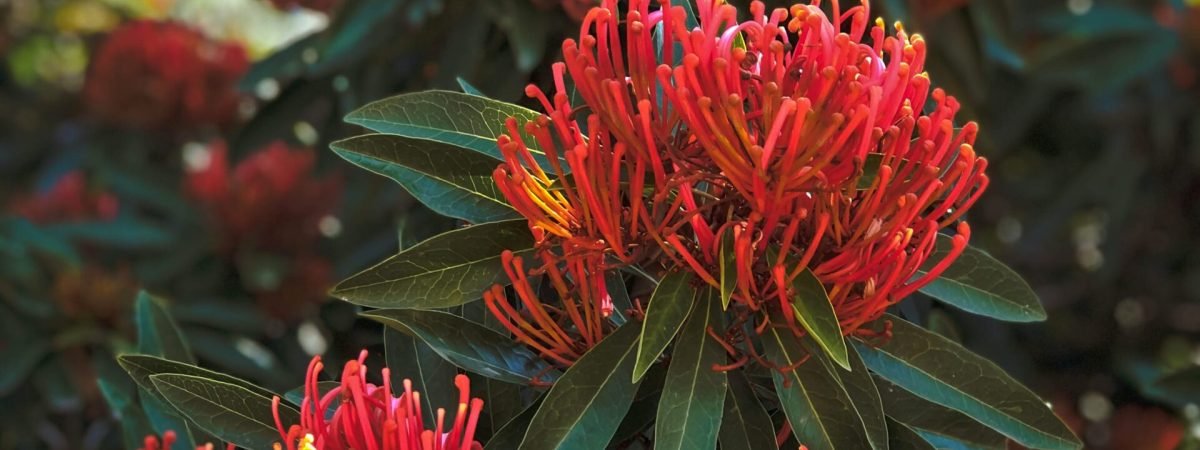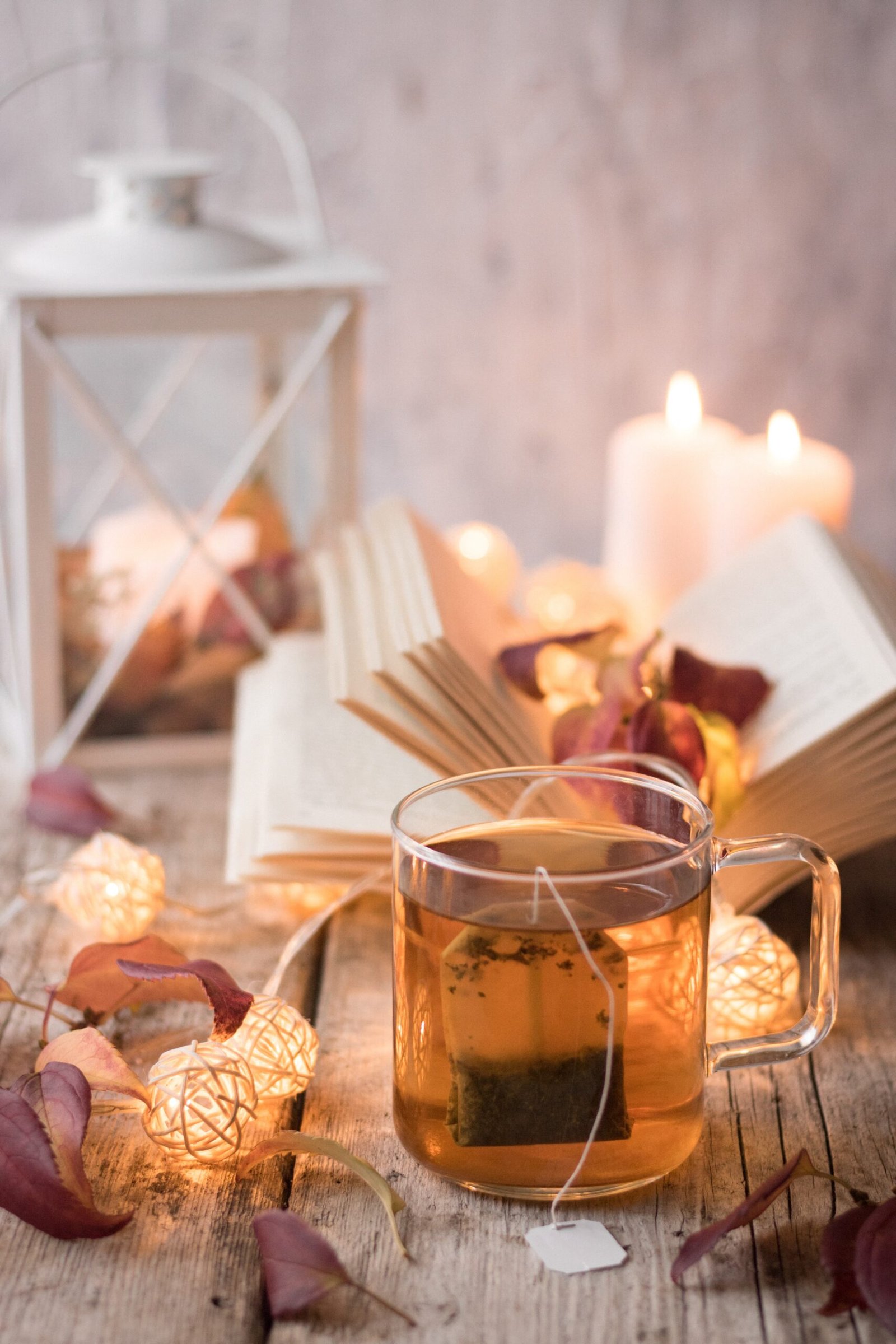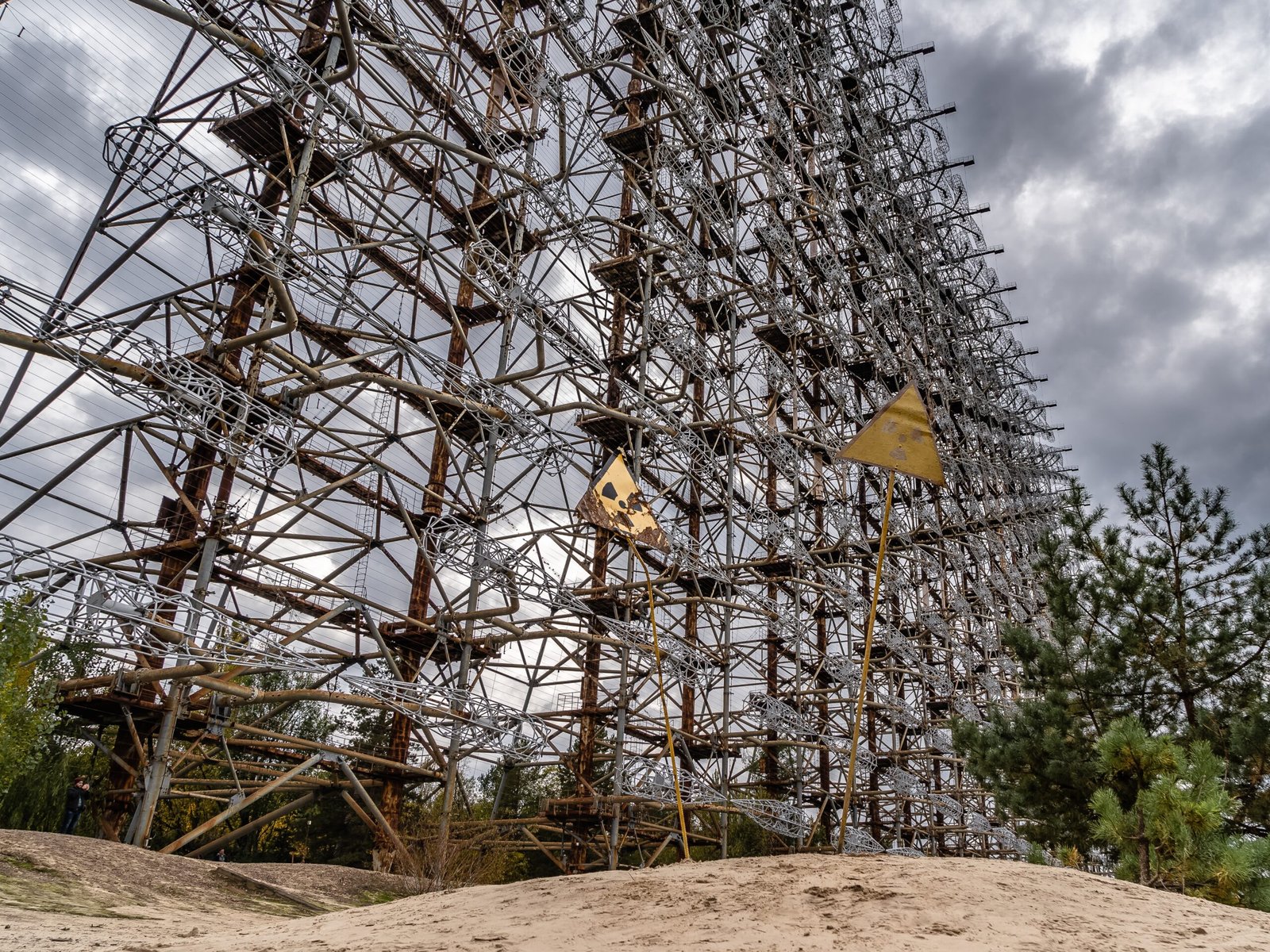When it comes to designing a garden, many people are drawn to the beauty and variety of exotic plants from far-flung corners of the world. However, there is a growing trend towards using native plants in garden design, and for good reason. Native plants not only add beauty to your garden, but they also play a crucial role in enhancing biodiversity.
What are Native Plants?
Native plants are species that have naturally evolved in a particular region without any human intervention. They have adapted to the local climate, soil conditions, and wildlife interactions over thousands of years. These plants have an intrinsic connection to the local ecosystem, making them an essential part of the natural landscape.
The Benefits of Native Plants
Using native plants in your garden offers several benefits:
1. Adaptability
Native plants are well-suited to the local environment, making them more adaptable and resilient to weather conditions, pests, and diseases. They require less maintenance and are more likely to thrive without the need for excessive watering, fertilizers, or pesticides.
2. Biodiversity
Native plants provide essential habitat and food sources for local wildlife, including birds, bees, butterflies, and other pollinators. By incorporating native plants into your garden, you create a haven for these creatures, helping to support a diverse and thriving ecosystem.
3. Conservation
Using native plants in your garden helps to preserve and protect the natural heritage of your region. Many native plant species are in danger of extinction due to habitat loss and invasive species. By growing native plants, you contribute to the conservation efforts and help maintain the unique biodiversity of your area.
4. Water Conservation
Native plants have evolved to be well-adapted to the local rainfall patterns. They require less water than exotic plants, reducing the need for irrigation and helping to conserve water resources. By choosing native plants for your garden, you can create a more sustainable and water-wise landscape.
Designing with Native Plants
When incorporating native plants into your garden, consider the following tips:
1. Research
Take the time to research the native plants that are indigenous to your region. Consider their growth habits, preferred soil types, and sunlight requirements. This will help you select the right plants for your garden and ensure their success.
2. Create Layers
Design your garden with layers of vegetation, including trees, shrubs, and groundcovers. This mimics the natural structure of the local ecosystem and provides different habitats for wildlife.
3. Mix and Match
Combine different native plant species to create a diverse and visually appealing garden. Consider using plants with varying heights, colors, and textures to add interest and dimension to your landscape.
4. Attract Pollinators
Include plants that attract pollinators, such as bees and butterflies, in your garden. These plants often have brightly colored flowers and provide nectar and pollen as food sources for these important creatures.
5. Embrace Imperfection
Native plants may not have the same uniform appearance as exotic plants, but that is part of their charm. Embrace the natural beauty of native plants and appreciate their unique characteristics.
Conclusion
Incorporating native plants into your garden is not only a way to enhance its beauty but also a way to contribute to the preservation of biodiversity. By choosing plants that are adapted to your local environment, you create a sustainable and thriving ecosystem that supports a wide range of wildlife. So, why not embrace the beauty of native plants and create a garden that is not only visually stunning but also environmentally friendly?















